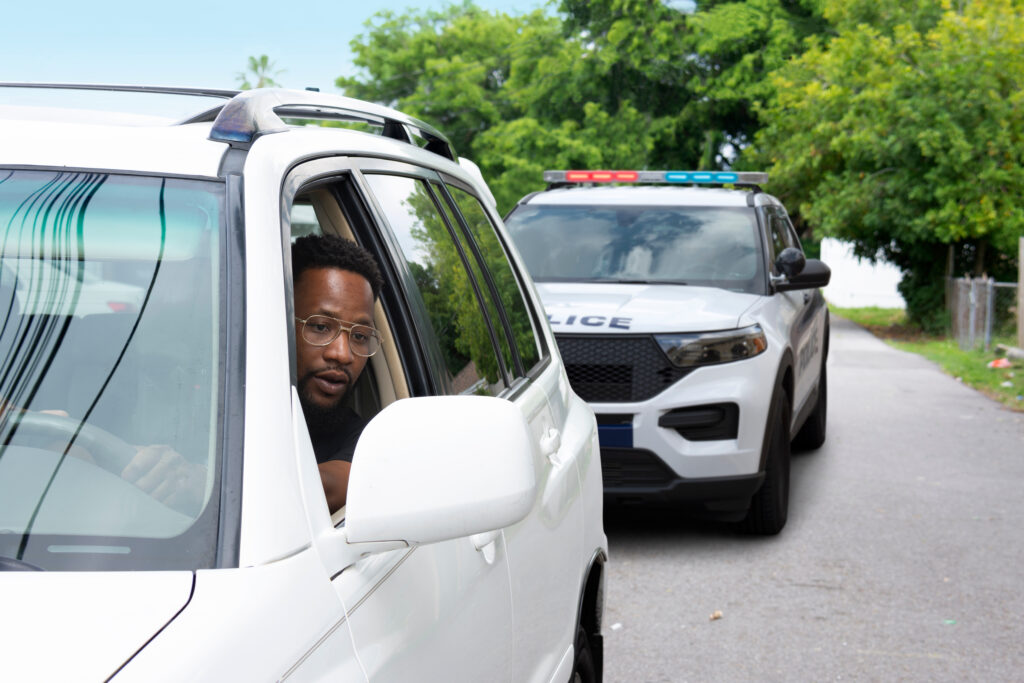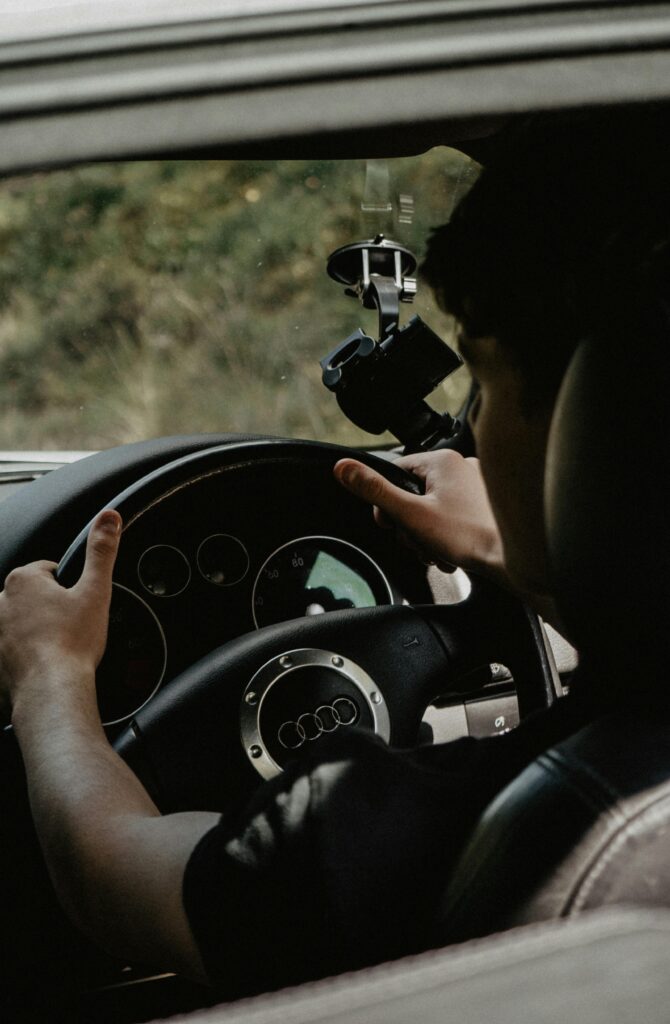Obtaining a license at sixteen is one of young America’s greatest rites of passage. It represents the beginning of responsibility. It represents the opportunity for young people to progress from an adolescent to an adult. However, for young Black drivers, getting a license to drive also means getting stopped by the police.
Black people are more likely to be stopped by police than white people, and there are racial disparities in police stops across the country. This practice is known as “Driving while Black” (DWB) and is a form of racial profiling. Victims of DWB stops are often pulled over for no apparent reason other than their race, and rarely receive a traffic ticket or are found guilty of a violation.
According to a 2019 study of one hundred million traffic stops nationwide, Black drivers are 20 percent more likely to be pulled over by police than white drivers. The data shows that officers stop Black drivers at higher rates than white drivers and stop Hispanic drivers at similar or lower rates than white drivers.
Black drivers, accounting for approximately 31 percent of motorists, received 58 percent of traffic tickets. White drivers, accounting for almost 50 percent of motorists, received 36 percent of traffic tickets. Blacks are more than 2.5 times more likely to be ticketed than whites.
Young drivers were more likely to be pulled over by police than older drivers. One measure of this difference is that young drivers aged 16 to 24 were a larger percentage (26%) of drivers stopped by police than they were of drivers in the US (15.3%).
So, preparing young Black drivers that they will, more than likely, experience an encounter with the police is important to teach. It’s especially important because young Black drivers are still inexperienced when it comes to interacting with the police. They may not be educated on the laws specific to searches and seizures, or the tactics that the police use to gain the upper hand when conducting a stop.
YOUR RIGHTS

“You have the right to remain silent. If you wish to exercise that right, say so aloud. You have the right to refuse to consent to a search of yourself, your car, or your home. If you are not under arrest, you have the right to calmly leave.”
Blacks need to understand that those rights apply to white America. For Black Americans, the rules are different. Young Black drivers need to practice patience when experiencing DWB. The goal of every Black driver is to survive the encounter. Their job when being pulled over is to walk away from the experience.
This is a large request of young Black drivers. To be asked to put their pride aside, to internalize their anxiety of being pulled over, and finally to calmly put into action the proper procedures that will assist in hopefully de-escalating the situation.
Being pulled over at any age can be traumatic. For young Black drivers who understand the history of dealing with the police, the encounter can create a level of frustration and fear that could lead to them responding and running. The preparation of preparing them for getting pulled over can be the difference between life and death.
THE PROCEDURE
The conversation of what to do when stopped by the police might differ from Black household to household. Many have their own opinions on what is considered the right response when a Black young adult is pulled over. These procedures are recommended for anyone who might need options when stopped by the police:
- Pull over to a safe area: Pulling over as quickly as possible is the best policy when being stopped by the police. It could potentially escalate the officer’s assumption that you are not complying.
- Turn the vehicle off: Turning off the vehicle, lets the officer know that you have no intention of driving off during the traffic stop.
- Roll down all the windows: By rolling down all the windows in the vehicle, it allows the officer to walk up to the car and know that there is nothing that could potentially harm them by contacting you.
- Turn on the interior lights of the vehicle: by illuminating the vehicle, it allows the officer to see what’s inside the vehicle and who is present. This will help them understand who everyone is in the vehicle.
- Place your hands at 10 and 2: Place your hands at the 10 and 2 position so the officer can see your hands. Do not remove them until instructed to get the proper paperwork.
- Ask for permission: Ask for permission to remove a seatbelt, collect the requested paperwork, or open any closed compartments of the vehicle.
- Record the encounter: Record the conversation, if possible, of the encounter to ensure that you can produce evidence if something goes south when stopped. Video recording might escalate the interaction. Voice recordings might be better.
- Stay Calm: Remain calm, as much as possible, so as not to create a false narrative that you have something to hide.

There are no tried-and-true procedures to encourage any officer to treat you with respect. The reality that Blacks are pulled over more often than whites, unfortunately, comes along with obtaining a driver’s license.
To experience the frustration of being pulled over for no reason, or having your rights violated is completely normal. However, the goal is to come home at night, the goal is to comply as much as humanly possible and understand that doing so does not make anyone lose their self-worth. Finally, the goal is to survive the encounter.
There are too many examples of Blacks being pulled over and subsequently killed by the police in America. The purpose of this article is to share these techniques with as many Black youth as possible to hopefully teach the right ways to respond if pulled over.
With these steps, the joy of becoming a new driver might be better. Stay safe.


